Ponera coarctata
79,90 zł – 179,90 złPrice range: 79,90 zł through 179,90 zł
Worldwide shipping
Free delivery over 999 PLN
The highest quality of goods
Live delivery guarantee
24/7 Personal Support
Fair Prices
Description
Ponera coarctata is a polygynous ant species with a slow development speed. The colony size can reach up to 100 workers. The queen has a size of 4-6mm, while the workers are 2.3-3.5mm in size. They are black in color and primarily feed on food insects, syrup, fruits, vegetables, jelly, and cooked chicken without salt. The ideal humidity for this species is not specified.
Additional information
| Behavior | |
|---|---|
| Difficulty in breeding | |
| Origin | |
| The size of ants | |
| Wintering |
Ponera coarctata
Colony Type
Colony Type: Polygyny
Colony Size: Up to 100 workers
Development Speed: slow
Ponera coarctata is a polygynous ant species, meaning that it has multiple queens within a single colony. This unique colony structure allows for increased reproductive potential and resilience. The colony size can range from a few dozen individuals to up to 100 workers. The presence of multiple queens ensures the stability and growth of the colony, contributing to its overall success.
Size
- Queen: 4-6mm
- Workers: 2.3-3.5mm.
Both the queen and the workers have a striking black coloration, adding to their allure and mystique.
Nutrition
- Alive Micro insects
Humidity and Temperature:
- Humidity: Arena: 40-60%, Nest: 50-70%
- Temperature: Arena: 22-28 °C, Nest: 23-26 °C
Features of the Species
Ponera coarctata is not only known for its unique nesting behavior and dietary preferences but also for its aggression and activity level. These ants display a high level of aggressiveness when defending their nest or foraging territory. Their small size should not be underestimated, as they compensate for it with their fierce and combative nature. In addition, Ponera coarctata ants are highly active, constantly on the move in search of food and resources to sustain their colony.


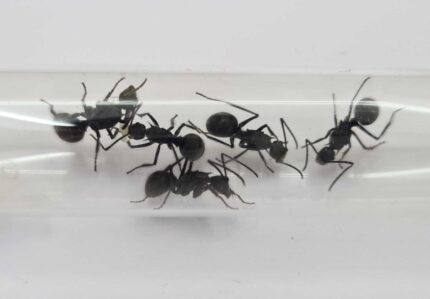
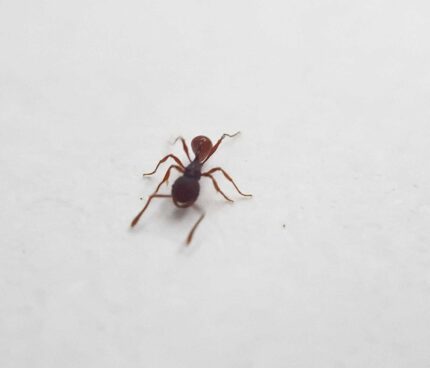
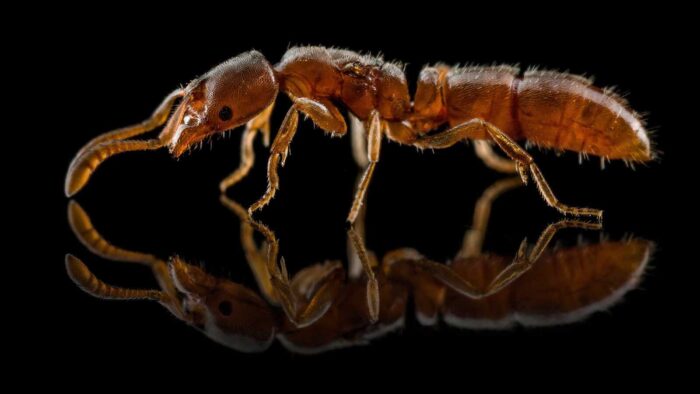
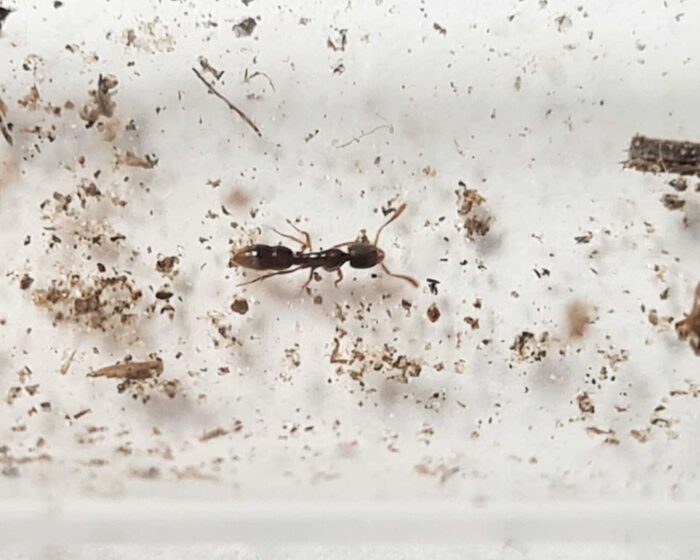

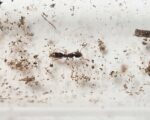
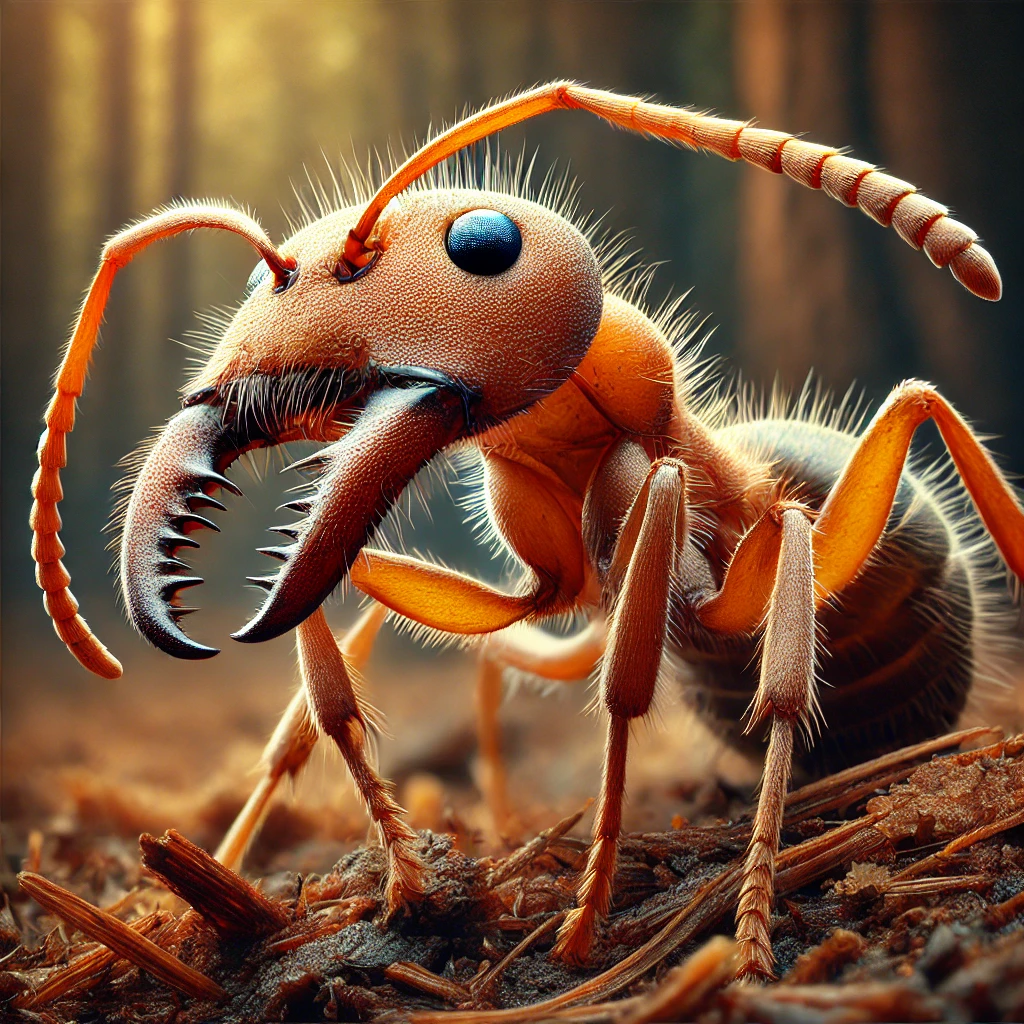
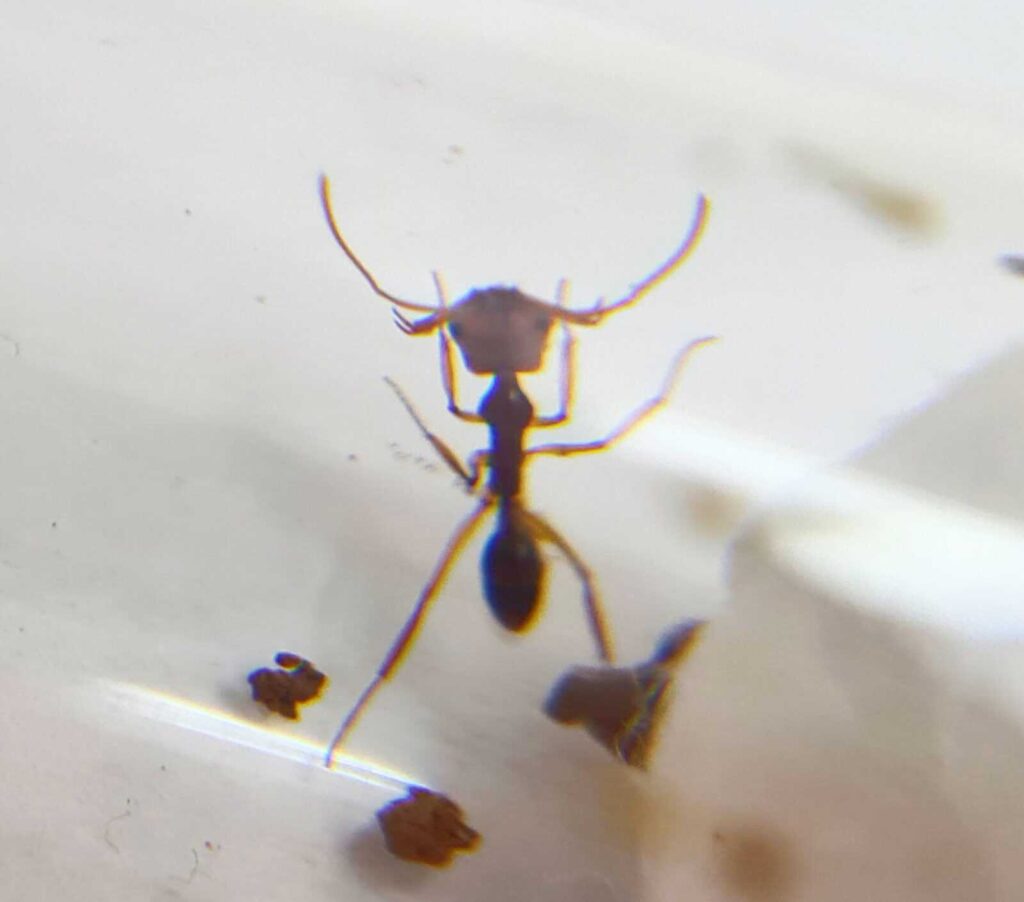
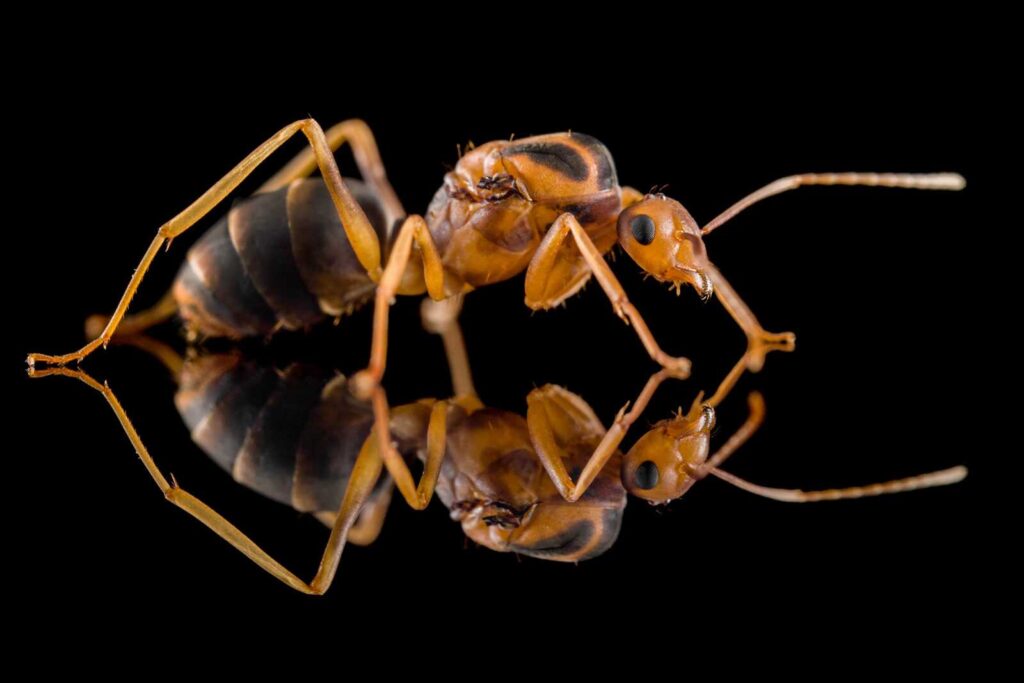
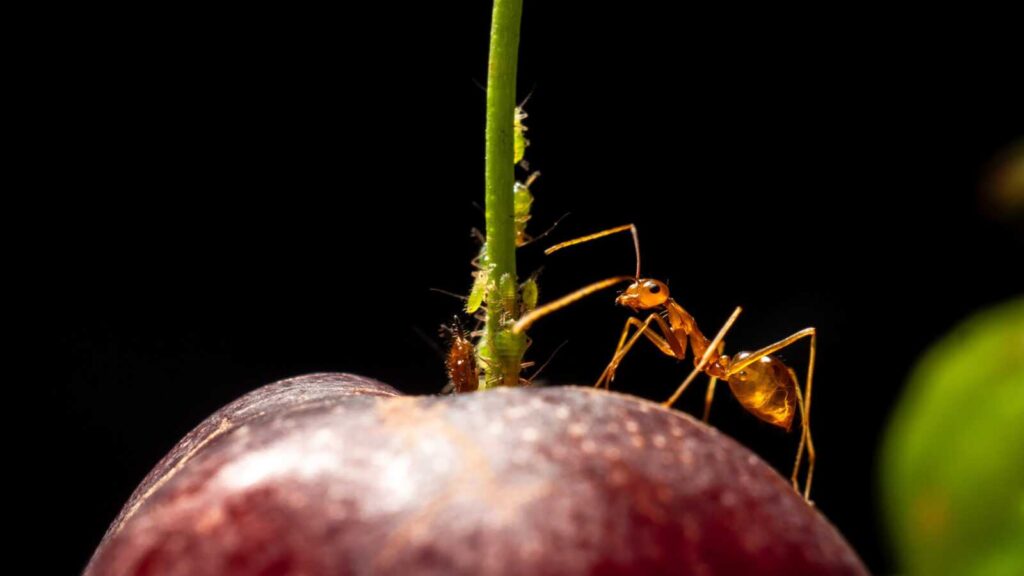
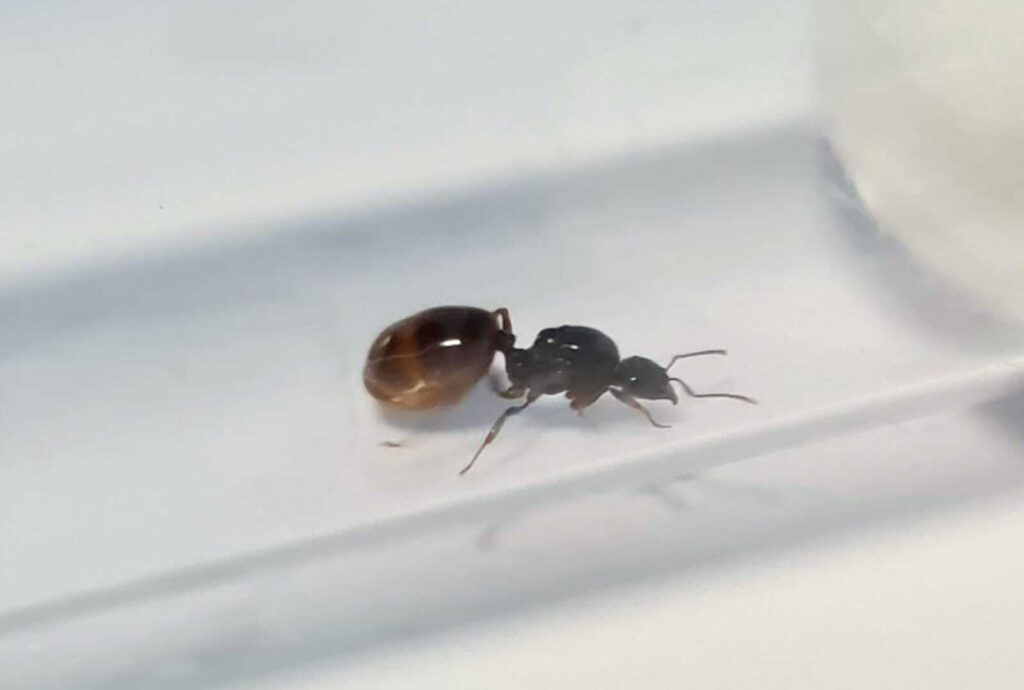
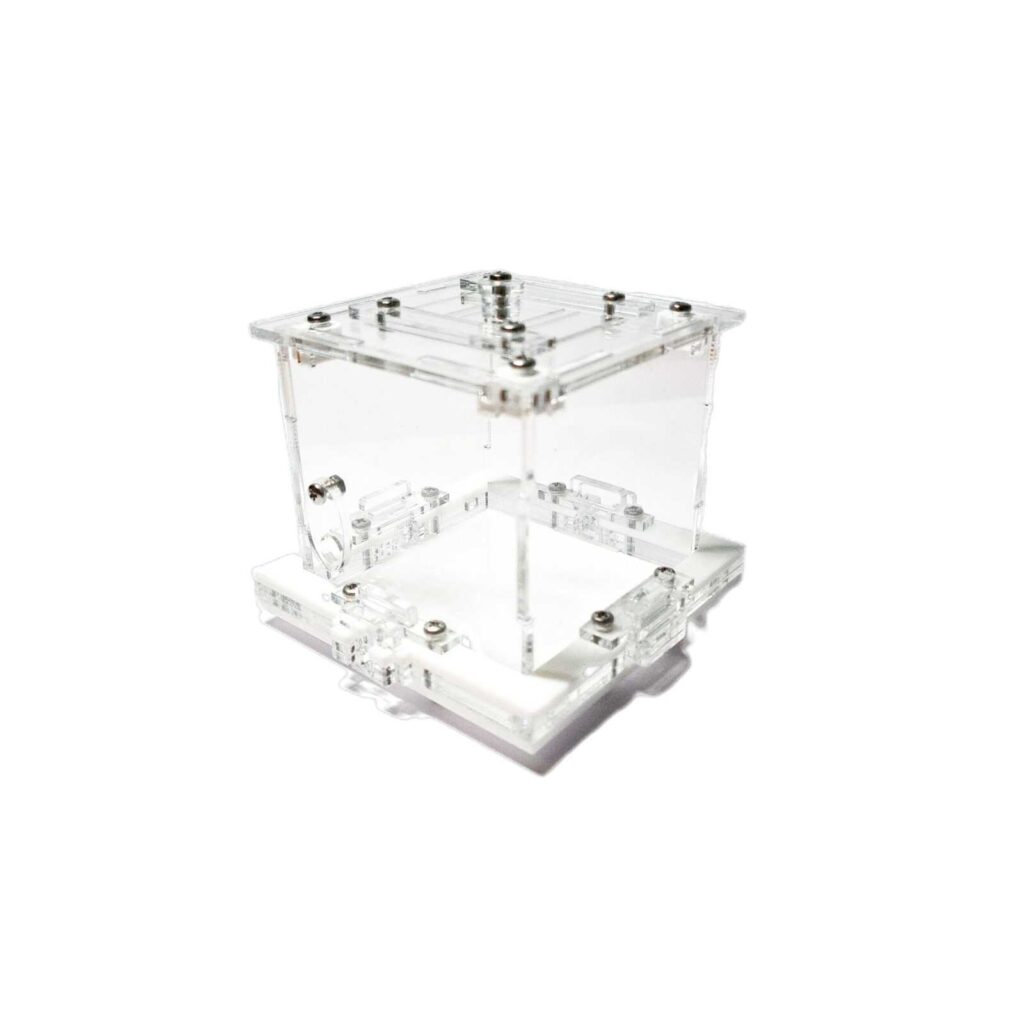
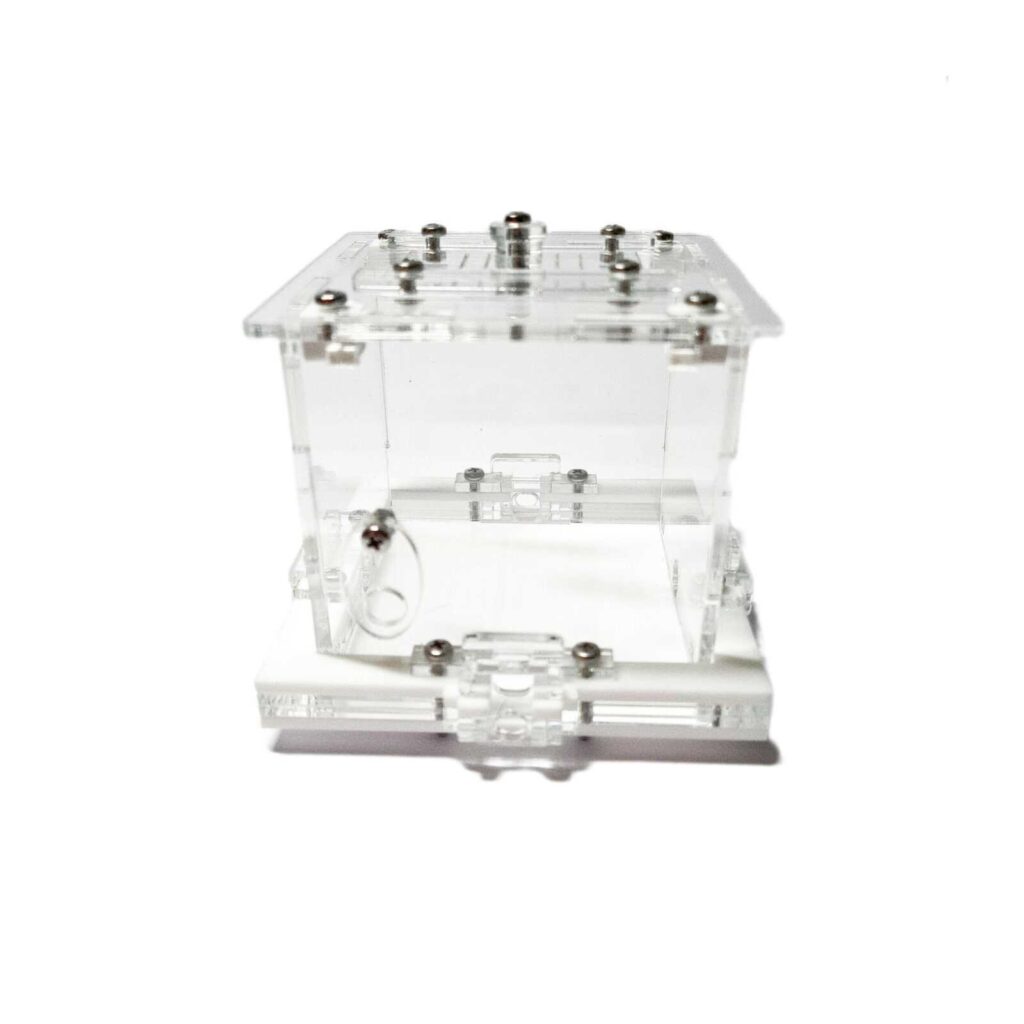
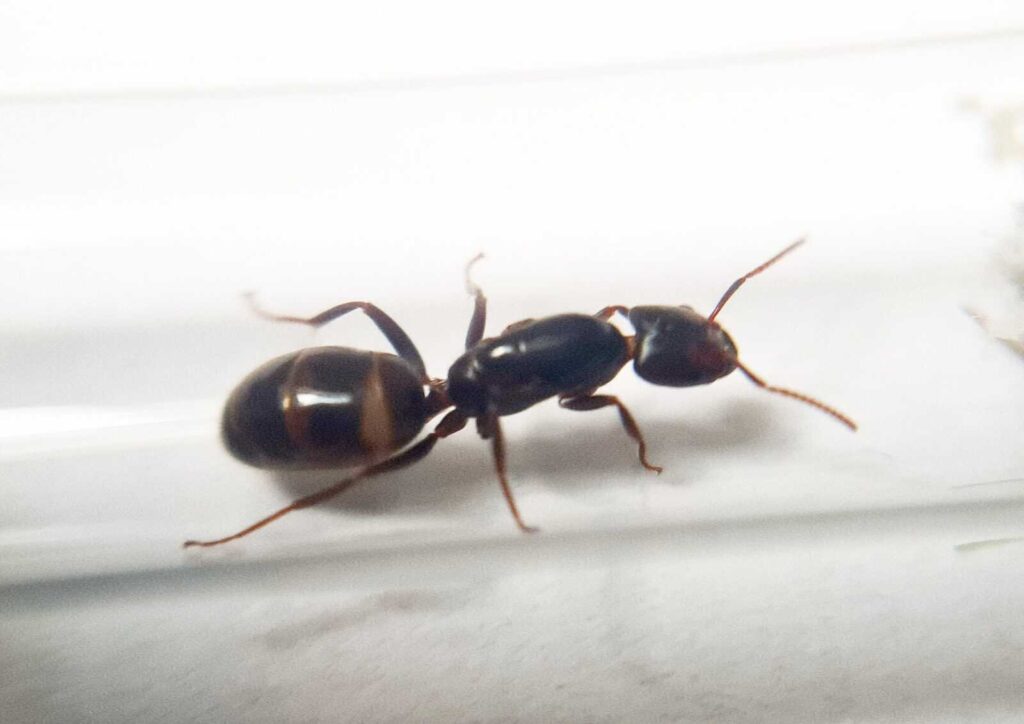
Reviews
Clear filtersThere are no reviews yet.